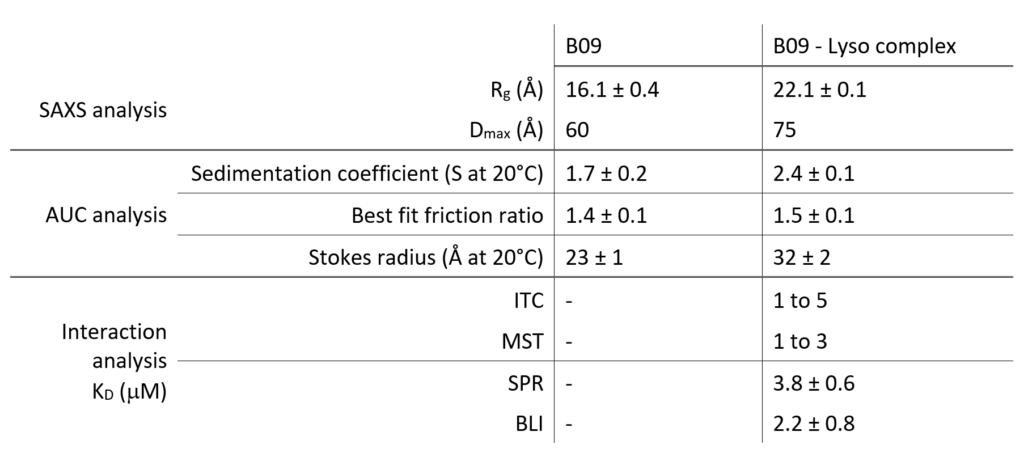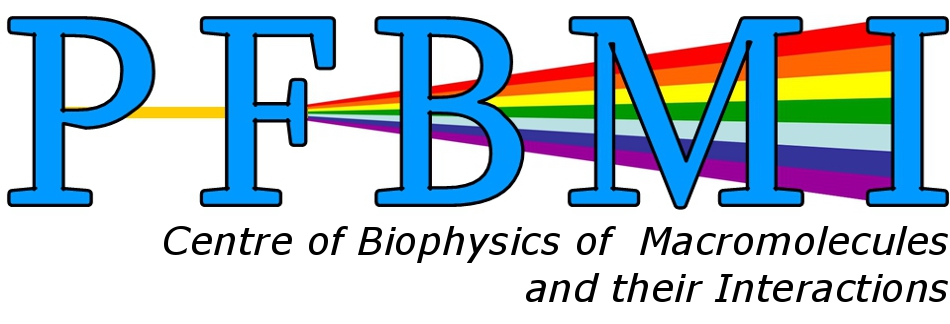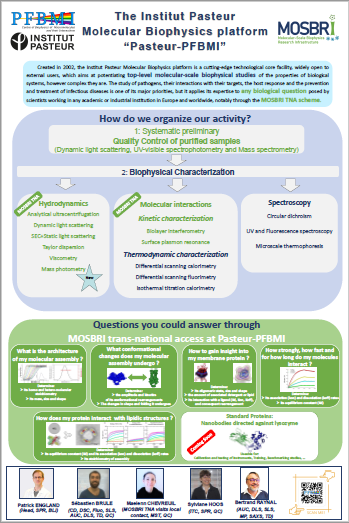1) Pasteur-PFBMI – Molecular Biophysics core facility, Institut Pasteur
Location: Paris, France
Web-site:
MOSBRI reference site for the following techniques:
AUC: Analytical Ultra Centrifugation, DLS, Dynamic Light Scattering, MALS: Multi-Angle Light Scattering, TD: Taylor Dispersion
Practical information:
Travel and accommodation.
Partner description
Pasteur-PFBMI, created in 2002, federates technical and methodological expertise on 20 instruments, which enable the in-depth characterization of the intrinsic properties of macromolecules and their assemblies (size, shape, folding, stability auto-association …) and of the interactions in which they are involved (stoichiometry, thermodynamic and kinetic parameters …). The uniqueness of Pasteur-PFBMI comes from the combination in a single site of a large panel of methodological approaches at expert level, allowing to maximise the type of insights that researchers can obtain in the frame of their project.
Instruments / methodologies offered through TNA
- Hydrodynamic characterization of molecular assemblies: Pasteur-PFBMI has developed a multi-approach combination to analyse the macroscopic architecture of molecular assemblies in solution. We offer access to our expertise in complex experimental set-ups and data analysis integration in an ensemble of technologies: next generation analytical ultracentrifugation (AUC), dynamic light scattering (DLS), multi-angle laser light scattering (MALLS), densitometry and viscometry coupled to Taylor Dispersion (TD), allowing to determine accurately physical parameters such as size, shape, mass, intrinsic viscosity, and density. One of our strong points is our capacity to characterize large assemblies (more than 2 partners), including non-protein components such as nucleic acids, glycans, lipids (alone or in complex structures like nanodiscs or extracellular vesicles), detergents and other surfactants.
- Kinetic characterization of molecular interactions: we have a 25-year experience in the real-time study of biomolecular interactions using different surface plasmon resonance (SPR) and biolayer interferometry (BLI) instruments. Our main specialties are the structure-function characterization of protein-protein interactions and the study of interactions between protein and lipidic structures (liposomes …).
- Sample quality control and optimization turnkey services for Pasteur-PFBMI TNA users: Prior to other measurements, all samples will undergo quality control. If samples are sent well in advance and do not pass the tests, buffer and storage optimization experiments will be proposed. Our pipeline follows the recognized ARBRE-MOBIEU/P4EU guidelines, and involves DLS, UV-vis spectrophotometry, MALDI-MS, and optionally differential scanning fluorimetry (DSF) and circular dichroism (CD). More information here.
Access modality: Physical access will be for 5 to 10 days on average. Remote access can be considered in exceptional conditions (for instance due to Covid-19 related restrictions).
Products offered as TNA under MOSBRI
Pasteur-PFBMI provides, in remote access mode, protein standards for the calibration and benchmarking of instruments. This will help ensuring that instrument specifications and usage are optimal all over Europe. The first standard is an anti-lysozyme nanobody, which is now available for distribution through the MOSBRI TNA scheme.
Go to the “Apply for TNA” page to submit an application for these protein standards.
Product Description
The standard is a negatively charged polypeptide (14.2 kDa) consisting of 127 amino acid residues carrying a 6-His tag. It has been lyophilized at approx. 1 mg/mL (69 µM) without surfactant but with its buffer, i.e. PBS.
Typical Analysis
Purity: > 99 %

Sample requirements
Full details of the sample requirements for the techniques offered at this TNA site can be found here.




